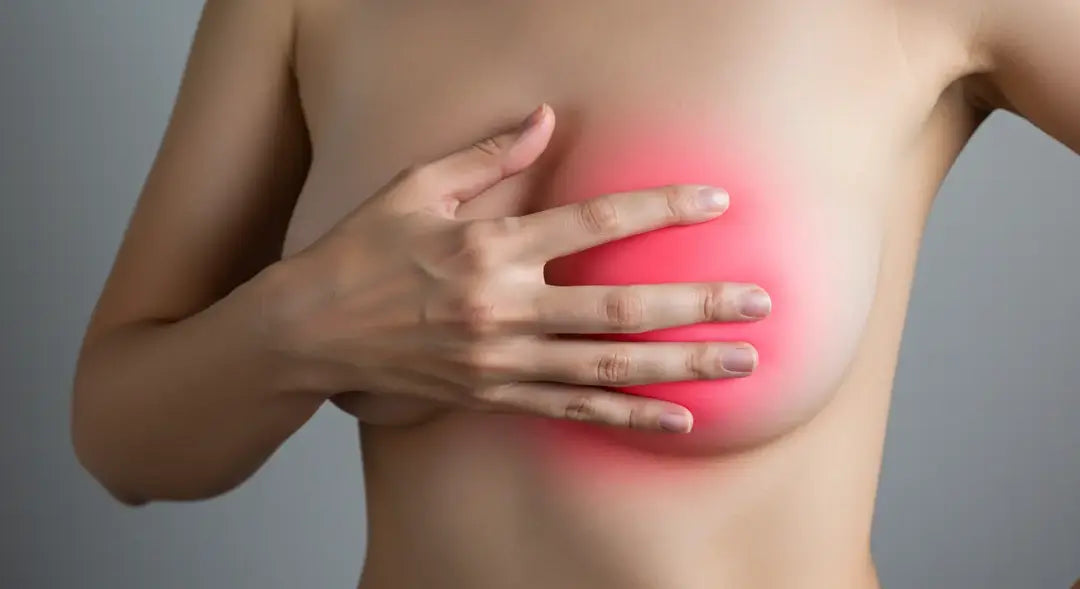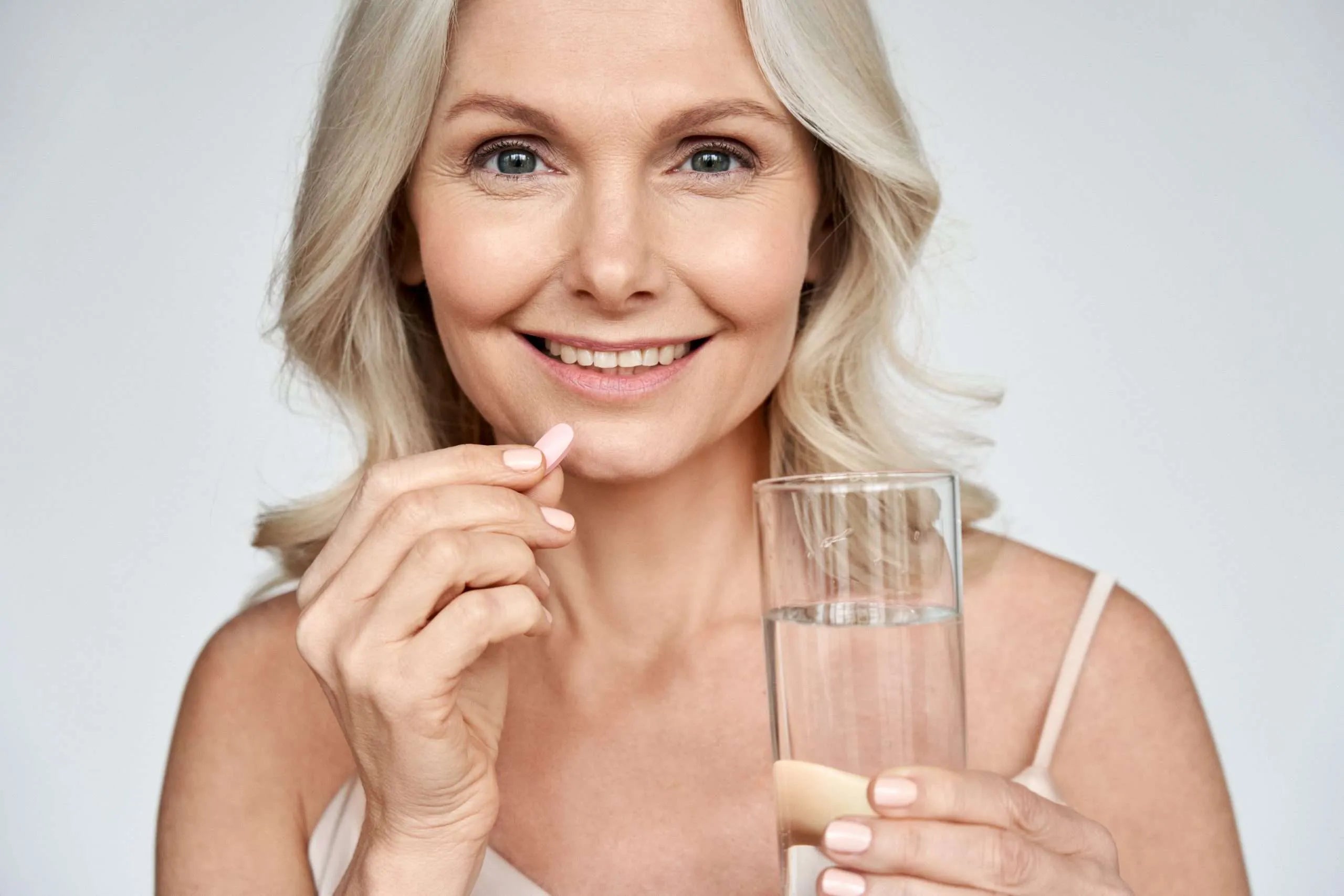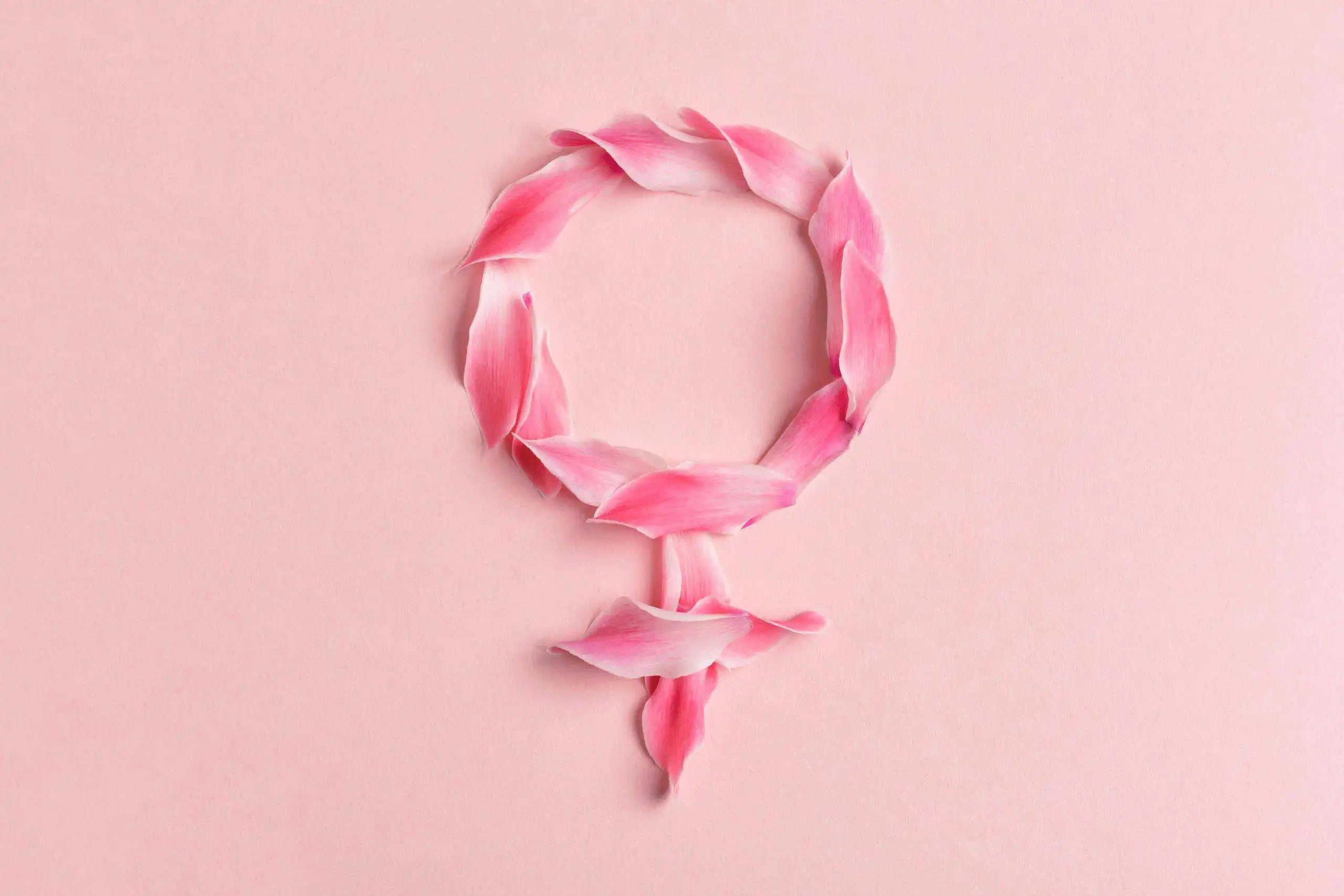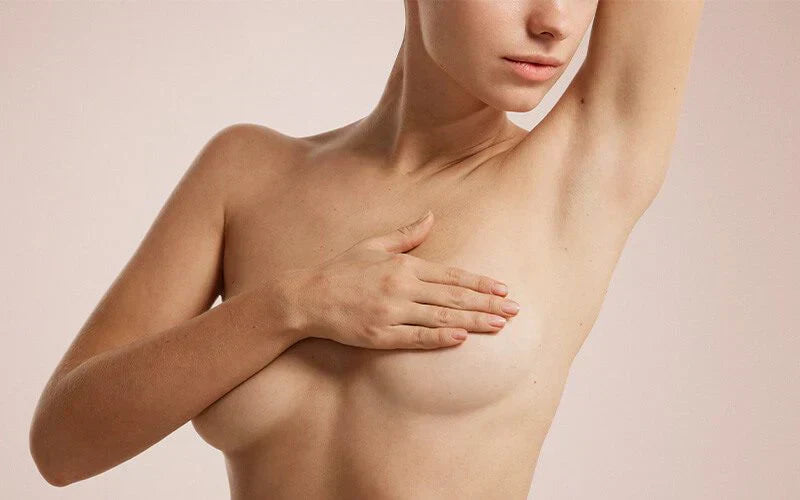Have you ever felt pain or discomfort in your breasts? Breast tenderness is a common experience and, in most cases, nothing to worry about. Many women go through it at some point in their lives—whether it feels like a sharp pain, a heavy sensation, or an uncomfortable burning. If this sounds familiar, you’re not alone.
In this article, we’ll explain what might be causing this discomfort, how to identify it properly, and what steps you can take to find relief. Keep reading to understand how to feel better!
What is breast tenderness, and why is it important?
Breast tenderness or pain, also known as mastalgia, can be felt in many ways—from a mild tingling sensation to intense pain that can interfere with your daily activities. Although it is usually a benign condition, it's important to pay attention if the discomfort persists or appears along with other symptoms such as fever or general malaise (1,2).
Common causes of breast tenderness
The reasons behind this discomfort can vary, but in general, they can be divided into two categories: cyclical and non-cyclical (1,3).
Cyclical breast tenderness is the most common type and is linked to hormonal changes during the menstrual cycle. It usually appears a few days before your period and goes away once it starts. It’s typically felt as a heaviness or soreness that can affect both breasts and sometimes radiates to the armpits (1-3).
Non-cyclical breast tenderness, on the other hand, doesn’t follow a specific pattern and may be caused by other factors, such as (1-4):
-
Trauma or injury to the chest.
-
Use of certain medications, like birth control pills or some antidepressants.
-
Pregnancy or breastfeeding.
-
Hormonal changes during menopause.
-
Hormone replacement therapy (HRT).
-
Cysts or fibrocystic breast disease.
-
Infections such as mastitis.
In most cases, this tenderness is not related to breast cancer. However, it's best to consult a doctor if the pain is persistent or comes with other symptoms.

How to identify the symptoms
Symptoms can vary depending on whether the breast pain is cyclical or non-cyclical. During cyclical breast pain, you may experience the following (1-4):
-
Pain in one or both breasts.
-
Swellings.
-
A feeling of heaviness or tightness.
-
Localised pain or pain that radiates to the armpits and shoulders.
-
Burning or stabbing sensations.
-
Changes in breast size.
Non-cyclical breast pain symptoms are slightly different and may include (1-4):
-
Pain in a specific area of one breast.
-
A sharper, more intense pain.
-
It’s more common after menopause.
These symptoms often appear alongside others like fatigue, hot flashes, or sleep disorders, especially during perimenopause or menopause (3,5).
When to see a doctor
Schedule an appointment with your gynaecologist if breast pain or tenderness (1-4):
-
Is very intense or long-lasting.
-
Occurs without any connection to your menstrual cycle.
-
Is accompanied by lumps, discharge, or changes in the skin of the breast.
-
Affects your quality of life.
Your doctor will ask about your medical history and symptoms and may recommend a mammogram or ultrasound depending on your age, the type of pain, and physical exam findings (2,3).
Treatment options and management for breast tenderness
Management will depend on the specific cause. However, the following treatments can help provide relief.
Medications for breast pain
After your consultation, your doctor may prescribe one of the following medications (1-3):
-
Over-the-counter pain relievers such as ibuprofen, acetaminophen, or naproxen.
-
In specific cases, medications like danazol or tamoxifen may help, especially if the cause of the breast pain or tenderness is related to fibrocystic breast disease.
Home remedies and lifestyle changes
In addition to medications, there are other methods you can use to help relieve discomfort, including (1-4):
-
Wearing a comfortable and supportive bra.
-
Reducing or eliminating caffeine (coffee, tea, chocolate).
-
Avoiding tobacco.
-
Applying local heat with compresses.
-
Taking vitamin E or magnesium supplements (especially in the premenstrual phase).
-
Trying evening primrose oil, which may relieve cyclical pain.
Additional measures to treat breast tenderness
If you're undergoing treatment for menopause or dealing with fertility issues (female infertility), it’s important to consult with your doctor. They can determine whether your breast discomfort is related to the hormonal treatments you're receiving (5).
The importance of self-examination and regular check-ups
Performing regular breast self-exams helps you become familiar with your body and detect any unusual changes, such as lumps, localized pain, or skin alterations. If you notice anything unusual, it’s important to consult your gynaecologist. Additionally, it’s recommended to undergo periodic check-ups, especially if you have a history of breast diseases (4).
In summary, breast tenderness can be a temporary discomfort or a symptom that requires medical attention. Listening to your body, knowing when to seek professional guidance, and adopting healthy habits to care for your breast health can make all the difference.
Referencias bibliográficas
-
NHS. Breast pain. [Online] 2023 [cited 2025 Apr 6]. Available from: https://www.nhs.uk/conditions/breast-pain/.
-
Mayo Clinic. Breast pain. [Online] 2023 [cited 2025 Apr 6]. Available from: https://www.mayoclinic.org/es/diseases-conditions/breast-pain/symptoms-causes/syc-20350423.
-
Cleveland Clinic. Breast Pain (Mastalgia). [Online] 2024 [cited 2025 Apr 7]. Available from: https://my.clevelandclinic.org/health/diseases/15469-breast-pain-mastalgia.
-
Key AP. Why Do My Breasts Hurt? Understanding Breast Pain Causes. [Online] 2025 [cited 2025 Apr 7]. Available from: https://www.webmd.com/women/why-do-my-breasts-hurt.
-
Herndon J. What Causes Breast Pain? [Online] 2022 [cited 2025 Apr 7]. Available from: https://www.healthline.com/health/breast-pain.
You May Also Like

JOIN US AND GET 10% OFF
Sign up to our newsletter to access free resources, advice and support.















